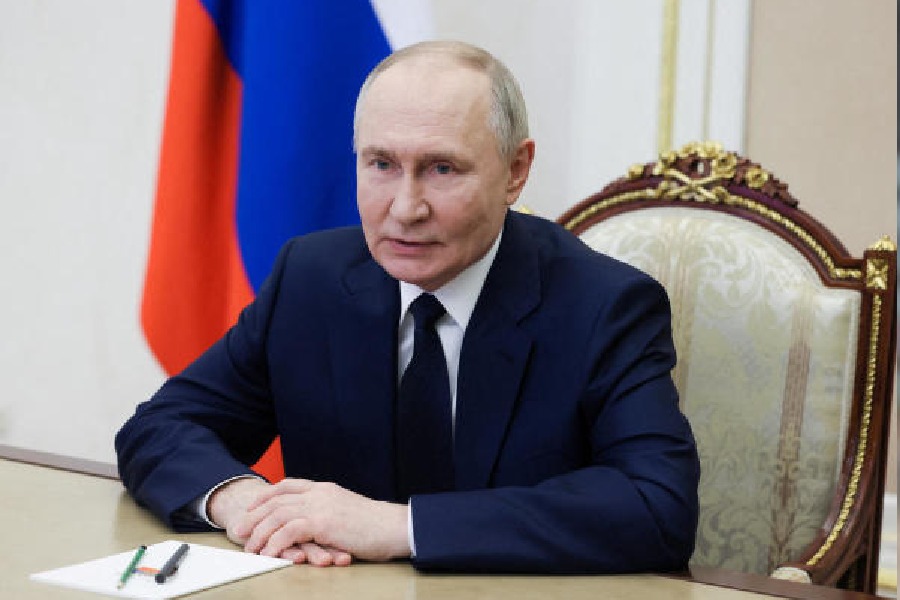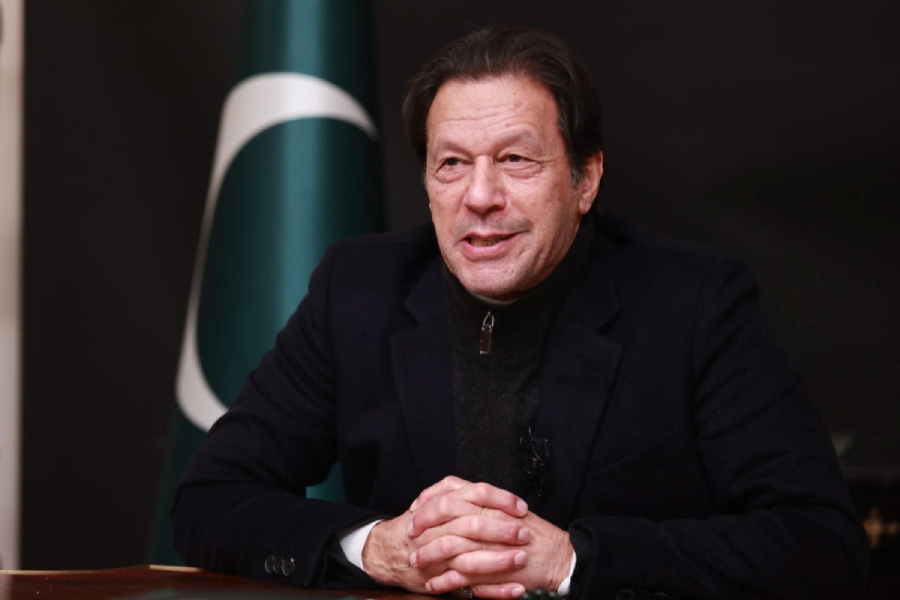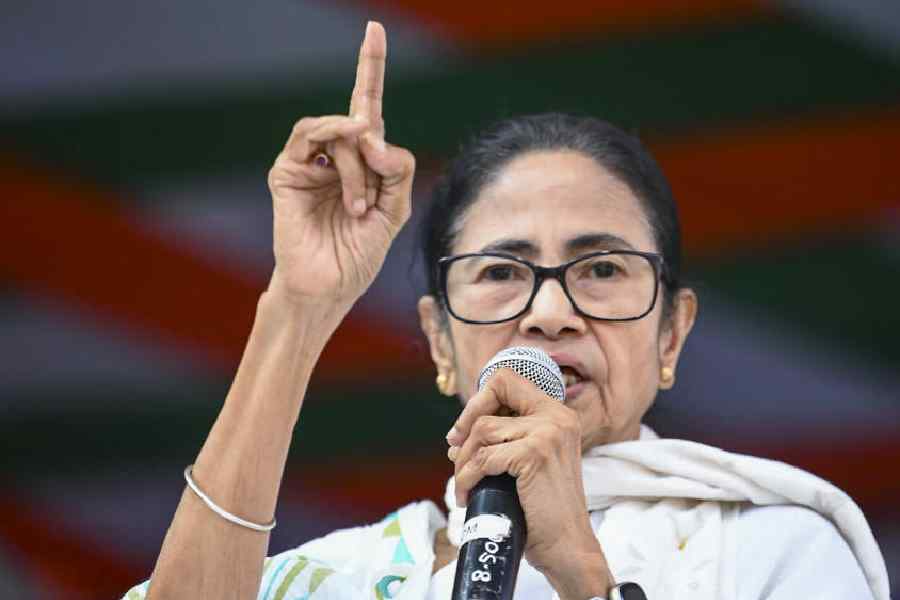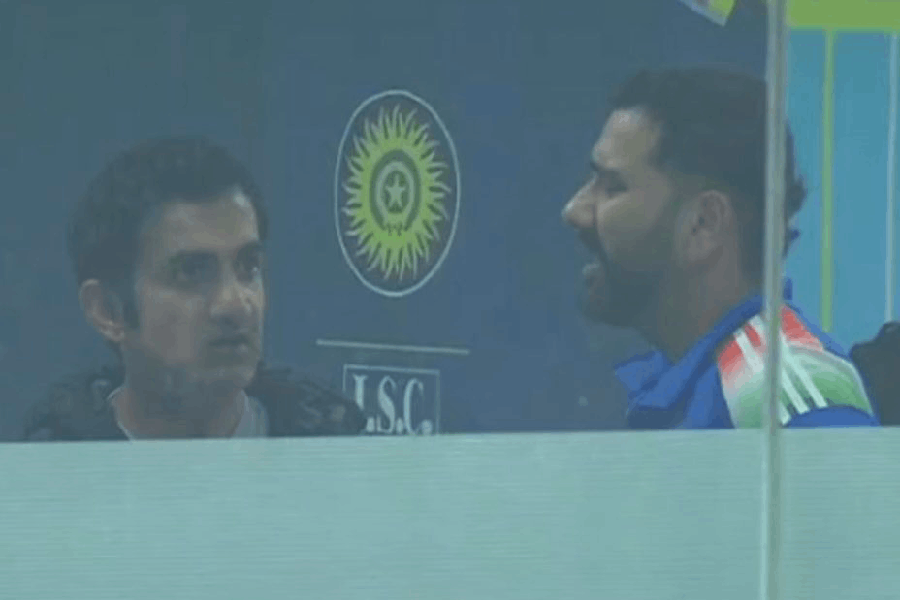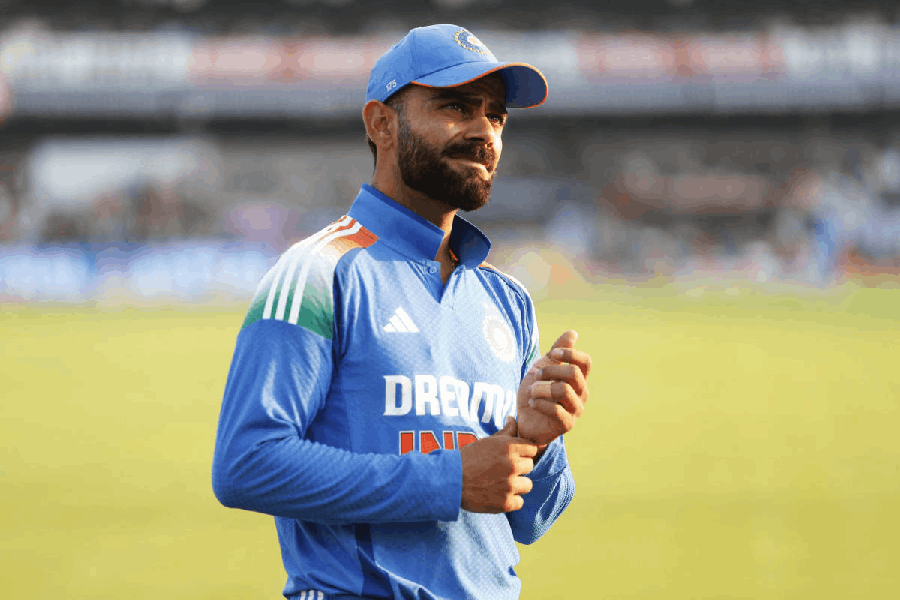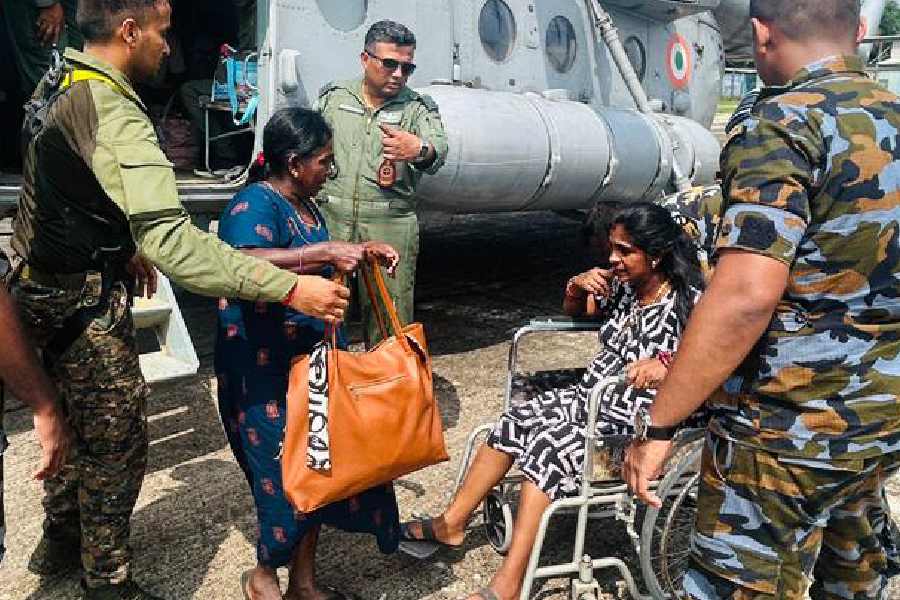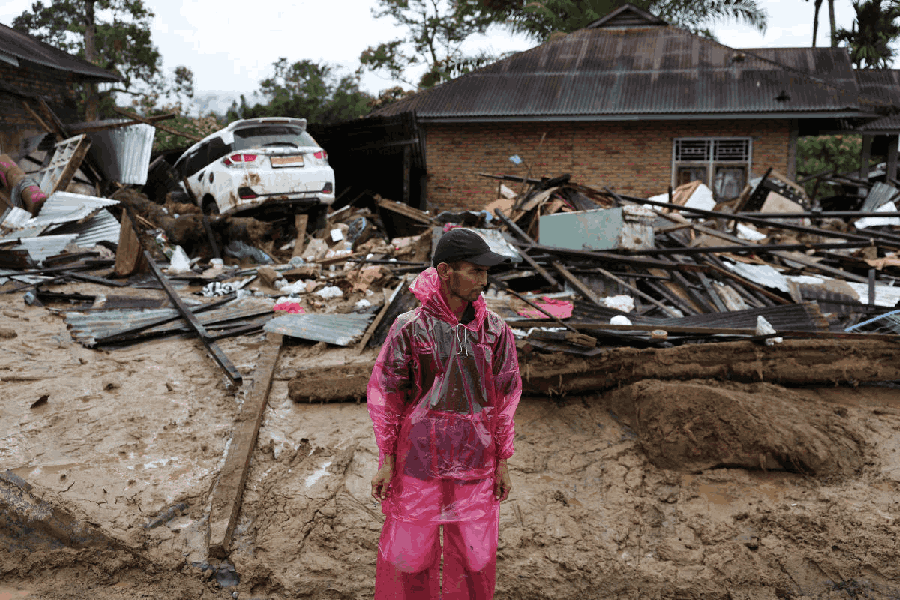 |
Poor Kuldip Nayar never stood a chance. Year after year, the former parliamentarian-journalist and a handful of peaceful demonstrators gathered at the Wagah border, dividing India and Pakistan, with lit candles in their hands. And year after year, the chattering classes sniggered.
And then, in packed multiplexes earlier this year, a young man called Aamir Khan did something similar — and the world turned around. Khan and a group of young men protested the death of a friend in Rang de Basanti, a Hindi film released in January this year, and burning candles changed from being a mere symbol of a romantic dinner to that of street protests. Candles no longer murmured: Your place or mine? Instead, they bellowed: Arise and awake, India.
Since then, India — or a part of it, anyway — has been arising and awakening. India 2006 saw a collective sense of urban outrage —showcasing not so much a mass uprising as a class uprising. Men and women, who had hitherto, in moments of frustration, clicked their tongues, now linked their hands together. “But it was a movement devoid of any principles,” insists human rights activist Colin Gonsalves. “It was the Middle Class’s attempt at grabbing more space,” he holds.
But then, 2006 did begin with a degree of urban angst. In February this year, a lower court in Delhi acquitted all nine accused — including the main accused, Manu Sharma — in the murder of Jessica Lal, who had been shot dead in 1999. Ten months, a relentless media campaign and thousands of emotional SMS-es and lit candles later, the Delhi High Court overturned the ruling with a life sentence for Sharma. The mobile text — “Demonstration at India Gate today. I will be there. Will you?” — worked. And, yes, the candles did their bit.
It was, of course, not just any old case. The victim was a beautiful young model. The main accused was the son of a Congress politician-businessman from Chandigarh. And the venue was an upmarket restaurant called The Tamarind Court, run by a prominent Delhi socialite, Bina Ramani. If there was one case that involved a magic circle called the PLU — or People Like Us — it was this.
“I think the Middle Class was genuinely moved,” says social scientist Ashis Nandy. “But it was in response to a campaign played up by the media. And the result was a shallow public conscience.”
But not for nothing are the beautiful people leaving their armchairs for the streets. For long years, people in power have been seen as getting away with, well, murder. Lal was one of the three cases that caught the imagination of the people. In 1996, a Delhi law student called Priyadarshini Mattoo was raped and killed. The accused — her senior in the law faculty, Santosh Singh — had been stalking her for long. In 1999, a lower court acquitted Singh, son of a former senior police officer. Seven years later, the case was reopened, and Singh sentenced to death.
In 2002, Nitish Katara, a young executive, was killed after he went to attend a friend’s wedding. The main accused in the ongoing case is Vikas Yadav, son of UP strongman and oft-charge sheeted politician D.P. Yadav. Katara, the prosecution holds, was close to D.P. Yadav’s daughter, Bharati, and her brother Vikas didn’t approve of the relationship.
The three cases had a common thread. The accused belonged to the brat-pack, sons of prominently-placed, powerful men. But, significantly, the victims were members of the jet-setting crowd, too. And the death of the beautiful pricked the conscience of the youth.
“For a long time, people thought they couldn’t take on the powerful, and that it was enough if they were themselves on the right track,” says Neelam Katara, mother of Nitish. “But I think these cases were the last straw. People, especially the young, felt that they had to come out and voice their protest.”
And that’s not surprising, for the character of the urban Indian youth has been changing over the years. A large section of those who grew up in the 40s and 50s — in the years before and after independence — were the dreamers and nation-builders. “We thought all was well with the world,” says Katara.
Many saw the youth of the 60s and 70s — unhappy about wide-scale inequities — as the rebels. The 80s and 90s — the decades that gave legitimacy to economic openness —spawned the self-seeker. But the young of the new Millennium came with no baggage. “The youth have at all times wanted a clean system. But the new development today is the growing clout of the media,” says Nandy.
Satellite TV went to town, but cinema did its bit, too, to give a direction to the collective sense of anger. Lage Raho Munnabhai intro- duced a word called Gandhigiri to the youth. Suddenly, people were protesting with roses — the way Munnabhai did in the film.
So the much reviled Ambumani Ramadoss, minister for health and open supporter of reservations for the so-called lower castes in services, was inundated with roses. For 2006 was also a year that brought medicos out of their chambers and on to the streets. SMS-es went from mobile to mobile as the doctors demonstrated against quotas. A somewhat inaptly-named group called Youth for Equality emerged as a platform for anti-reservationists. It described itself as: “Non-violent, non-political, united.” On May 22, when the Manmohan Singh government marked its two years in power, the organisation urged everybody to switch off their lights for 10 minutes at 8 pm to observe a black-day. Candles had had their day; it was time for a spell of darkness.
It was a year that saw some surprises, too. Actor Aamir Khan spoke out in favour of those displaced by the Sardar Sarovar dam, and against the government of Gujarat. Khan’s presence at a hunger-strike by Narmada activist Medha Patkar had been organised by a weekly newspaper, but how did that matter?
What mattered was that issues — however restricted — were moving people. But, says Nandy, it was not a sign of the politicisation of the Middle Class. “On the contrary, the Indian Middle Class is getting more and more de-politicised,” he says. “After all this, they will probably still not vote.”
But Katara, who has been relentlessly fighting to see her son’s killers in jail, is not complaining. The media and the public campaigns give her hope. And what touches her the most is the way strangers reach out to her. Just a few days ago, she was sitting on a beach in Goa when a Bangalore-based young mother of two went up to her. “She extended her support, and then her two children — as small as seven or nine — came up to say a few words,” says Katara. “And this keeps me going.”


